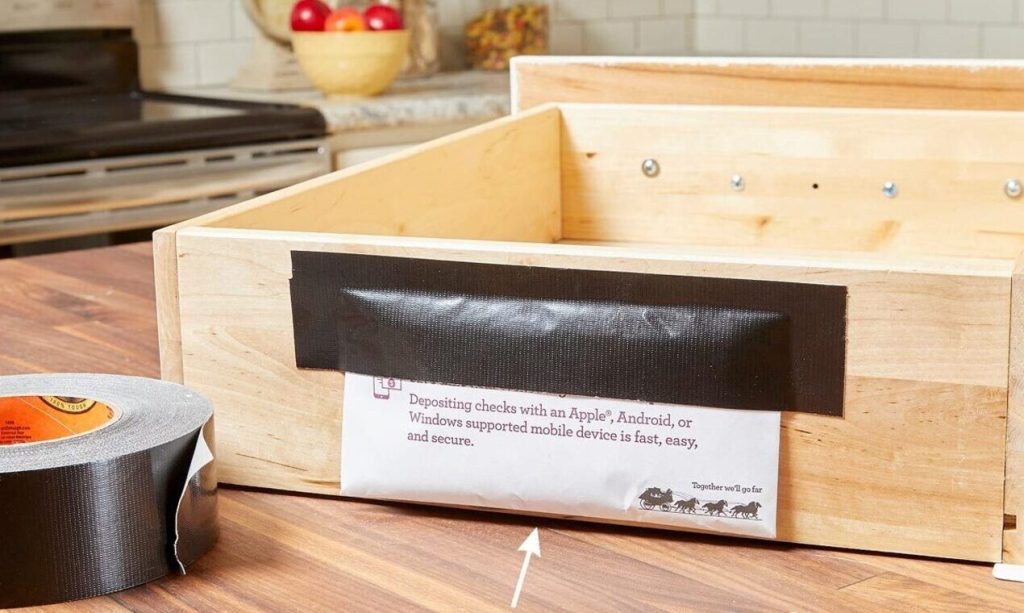Contingency Funds
Events in early 2022 highlighted how quickly your funds can be frozen or restricted. Take preventive steps to ensure you have the means to pay for essential services and supplies.
In Canada, citizens had their bank accounts frozen. Private financial organizations were hacked. Donors to causes had their information leaked and were subject to doxxing. Government pressured financial institutions, donation websites, and commercial entities to release information without a warrant. This was due to overreaching actions to curb peaceful protests against pandemic measures.
In Russia, private citizens lost access to pay foreign bills such as a car loan. Businesses, regardless of their approval of Putin’s unprovoked war on Ukraine, are unable to conduct international financial business. Russia is losing access to the SWIFT banking system, leaving commercial entities to conduct business via fax machine. Apple Pay and Google Pay have restricted services. Citizens can’t pay their Netflix bill or order goods from surrounding countries with their bank card. American Express, Visa, and Mastercard have blocked transactions. These are measures taken by Western-aligned countries to deter and punish Putin for his war crimes and invasion.
Regardless of your support and opposition to these actions in Canada and Russia, the point of this blog is to bring awareness to the government’s (and other entities’) ability to seize, freeze, and interfere with private citizens’ money.
Additionally, the 2009-2015 European Debt Crisis saw multiple countries block cash withdrawals through government orders that required banks to freeze customers from taking cash out of their banks and even ATMs.
Take action to ensure you’ll have the ability to overcome unexpected interference causing loss of access to your finances. Here are some considerations when choosing a contingency method to retain a backup source of funds.
Cash
By far the best option. Withdraw half of your savings. It’s likely not time to drain your accounts. Live your routine life but don’t keep all your funds in a bank or investment firm. Be sure to retain what you need to pay rotating bills. Store cash at home and at least one other location such as a family member’s house, safety deposit box, or another cache point.
Virtual Credit Card
Generates random account number and a new token that is used to verify a given transaction. Designed to circumvent data breaches, maintain anonymity, or limit purchases.
Static, Non-Reloadable Credit Card (Gift Card)
No account or credit needed, can be purchased with cash. So long as the point-of-purchase is done securely (cash purchase) this is a great option for total anonymity. If your going to use it for online services use a VPN and throwaway email. If you’re ordering something use a mailing address that can’t be traced to you directly (see our Ghost Mailing Hip Pocket Brief).
Other Options
Gold, silver, cashier’s check, money order, etc. Research each option. Make sure they don’t expire, know trending value, understand the use of various options.
In-Case-of-Emergency (ICE) Cards
An ICE Card contains personal and medical information about yourself. It’s typically a business size card you keep in your wallet, purse, pocket, or nearby. It can help first responders learn about medication you’re allergic to or what your blood type is. If you are unconscious, this could be crucial to ensuring you get the aid you need to survive. It also allows them to contact a loved one. Make your ICE Card a part of your EDC. Here’s an idea of the type of info to include:
》Full Name, DOB, Address, Place of Work/School, Phone Number
》Contact Information for 2 Emergency Contacts
》Blood Type, Known Allergies
》Optional/Situation Specific: Concealed Carry Status, Rally Points, Affiliation, Healthcare Provider, etc.
Final Note: In addition to carrying an ICE Card, your phone should be set up with ICE information. The lock screen can be programmed with ICE data in the event your phone is locked and a card can’t be found. Add an emergency contact labeled “ICE” so that if your phone is not locked, first responders can locate and call someone on your behalf. Even if your phone is locked, voice assistant calling can be used in some cases to call this ICE assigned contact. Your phone can be turned into a survival tool.
This article was originally written by the Grayman Briefing. Stay in the know, sign up for Intel and Situational Awareness alerts pushed to your phone on emerging threats and preparedness warnings. Click HERE to subscribe to the Grayman Briefing.


